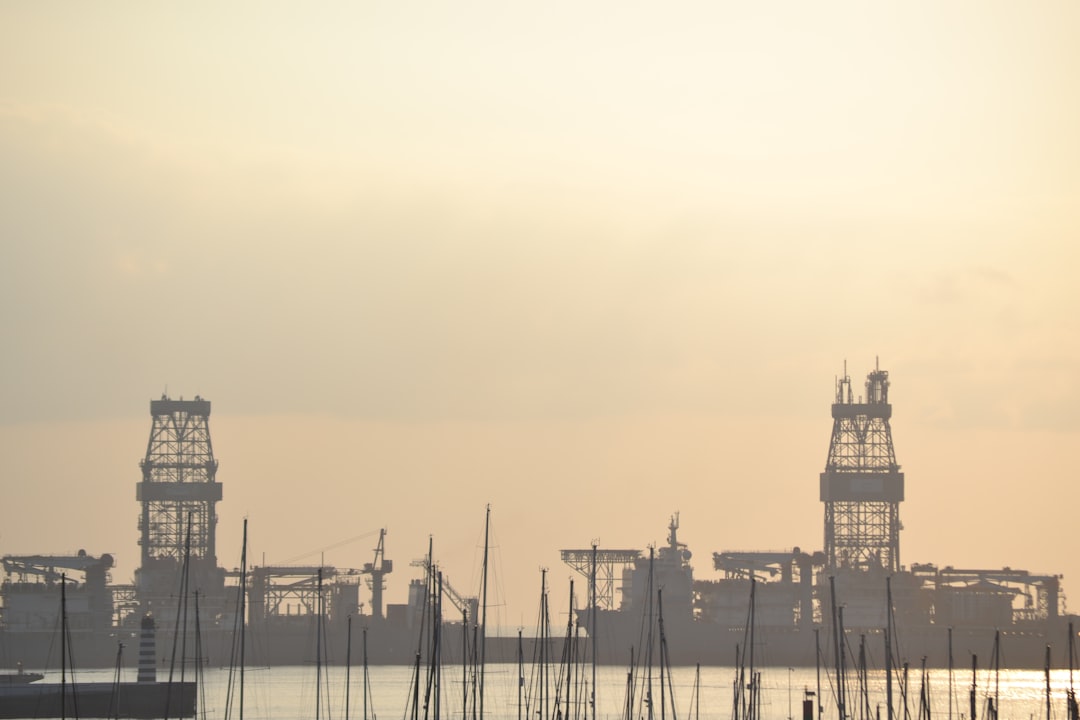The oil and gas industry relies heavily on efficient and robust well construction. Two crucial components in this process are casing and tubing – steel pipes that protect the wellbore, control pressure, and facilitate the extraction of hydrocarbons. This comprehensive guide delves into the intricacies of casing and tubing, exploring their functions, types, materials, and installation processes.
The Vital Roles of Casing and Tubing
Casing and tubing, while both cylindrical steel pipes, serve distinct yet interconnected purposes within a well. Casing, installed during the drilling process, primarily acts as a protective barrier. It prevents the collapse of the wellbore, isolates different geological formations, and prevents the mixing of fluids from various zones. This ensures well integrity and prevents environmental contamination. Tubing, on the other hand, is installed after the casing and serves as the conduit for producing hydrocarbons from the reservoir to the surface. It’s designed to withstand high pressures and temperatures, ensuring efficient and safe production.
Types and Grades of Casing and Tubing
Both casing and tubing are available in various grades and types, each designed to withstand specific pressures and temperatures encountered at different depths and in various geological formations. Casing is typically categorized by its diameter and wall thickness, with larger diameters and thicker walls used for shallower sections of the wellbore to withstand higher pressures. Common casing grades include J-55, K-55, N-80, and P-110, with the number indicating the yield strength of the steel. Tubing, similarly, comes in various grades, such as J-55, K-55, and L-80, with the choice depending on the reservoir pressure, temperature, and anticipated production rates. Different types of tubing include production tubing, workover tubing, and completion tubing, each designed for specific purposes within the well lifecycle.
Materials and Manufacturing Processes
The primary material for both casing and tubing is high-strength steel, carefully selected for its resistance to corrosion, high yield strength, and ability to withstand extreme downhole conditions. The manufacturing process involves rigorous quality control, ensuring dimensional accuracy, metallurgical properties, and surface finish. Advanced manufacturing techniques, including seamless and welded processes, are employed to produce pipes with the desired specifications. Furthermore, specialized coatings and internal/external treatments are often applied to enhance corrosion resistance and extend the lifespan of the casing and tubing strings.
Installation and Completion Techniques
The installation of casing and tubing is a critical phase of well completion, requiring precision and expertise. Casing is run into the wellbore using specialized equipment, and cement is pumped down the annulus (the space between the casing and the wellbore) to provide stability and prevent fluid migration. This cementing process is crucial for well integrity and environmental protection. After the casing is set, the tubing string is run inside the casing, connected to the wellhead, and prepared for production. Various completion techniques are employed depending on the reservoir characteristics and production strategy, including perforated casing, slotted liners, and gravel packing, all aimed at maximizing hydrocarbon recovery while maintaining well integrity.
Challenges and Advancements in Casing and Tubing Technology
The oil and gas industry constantly faces challenges related to casing and tubing. These include high-pressure and high-temperature environments, corrosion from corrosive fluids, and the need for longer and more efficient well designs. Advancements in materials science, including the development of high-strength, corrosion-resistant alloys, and improved manufacturing processes, have significantly enhanced the performance and lifespan of casing and tubing. Furthermore, innovative completion techniques and advanced monitoring systems are being implemented to improve well integrity, optimize production, and reduce environmental impact. These advancements are crucial for ensuring safe and sustainable hydrocarbon extraction in challenging environments.
Understanding the intricacies of casing and tubing is fundamental to successful oil and gas operations. The careful selection, installation, and maintenance of these components are critical for ensuring well integrity, maximizing production efficiency, and minimizing environmental impact. Ongoing research and development efforts continue to push the boundaries of casing and tubing technology, enabling the industry to extract hydrocarbons safely and sustainably from increasingly challenging environments.
Tags: oil and gas, casing, tubing, well completion, oilfield equipment




